
Civil War Bullet Types Civil War Bullets Bullet Pics, Metal Detecting
Sometimes dates are fairly obvious (44 = 1944; 72 = 1972; 6 12 = June 1912, etc.). Sometimes the caliber information is either spelled out or abbreviated (30-06; 38 SPL, etc.) and other times, such as on German made DWM ammunition, a catalog number code is used for the caliber. Sometimes information on the headstamp indicates the type of load.

Caliber ArmsVault
Military Ammunition Identification Charts and Graphics. 5.56 mm, 7.62 mm, 9 mm, 10- and 12-gauge, .22 Caliber, .30 Caliber, .38 Caliber, .45 Caliber, .300 WinMag and .50 Caliber. 5.56 mm cartridge is used in the M16 Rifle, M4 Carbine and M249 Squad Automatic Weapon. The 7.62 mm cartridge is used in the M240 Machine Gun, as well as the M24, M110.

Wildcat Big Bore (Proprietary & Wildcat) Cartridge Poster Hunting
The first thing to look for is the caliber designation, which is usually visible on the headstamp. Caliber corresponds to the bullet diameter or the size of the bullet. It is typically expressed in both metric (mm) and sometimes imperial (inch) units. For example, "9mm" indicates a 9mm bullet, while ".45 ACP" represents a .45 caliber bullet.

Cartridge Identification Start With the Headstamp Cartridges
Metric cartridges will include the case length. Added to this in metric cartridges is typically the length of the cartridge's case. For instance, an 11.43x23mm round has an 11.43mm (.45-caliber) bullet diameter on a case that is 23mm long. On this side of the pond, rather than specify the bullet diameter and the length of the case, we.
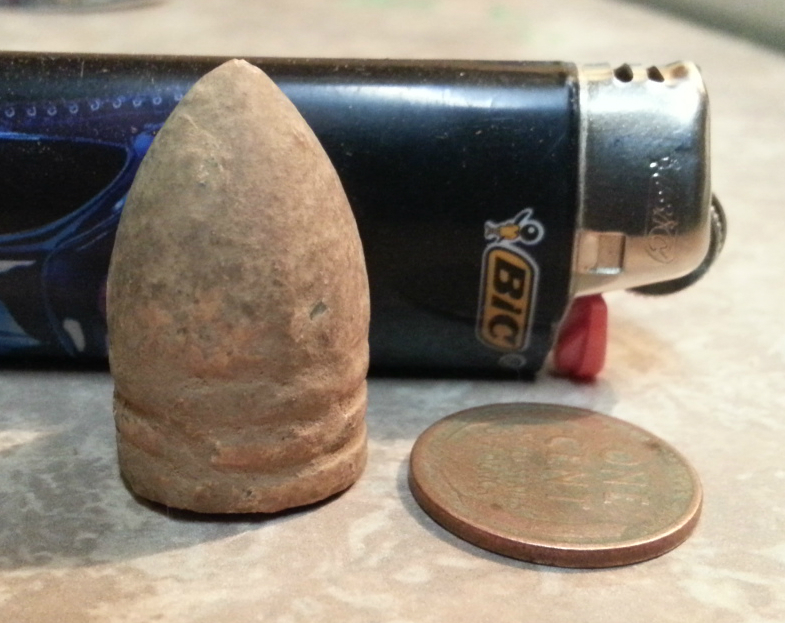
Civil War Bullet ID Chart Detecting365 Metal Detecting Magazine
Bullet Ballistics & Charts. This interactive bullet database is free and containst 173 caliber ballistics, history, stats, and their trajectories charted out in full detail. Speed and Energy are figured out using an average of all the known cartridges. This means that the speed and energy will vary from cartridge manufacturer to manufacturer.

Step 1: Supply the data and display the finished chart in your web page.
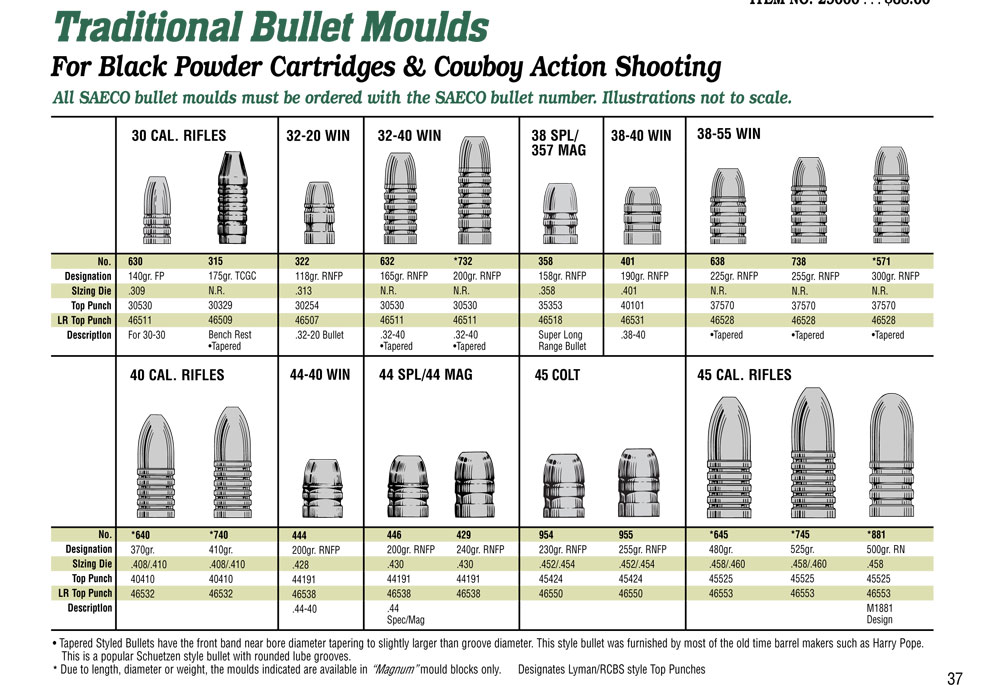
Bullet Moulds Charts Redding Reloading Equipment reloading equipment
Cartridge identification is important to anyone who works with ammunition cartridges, whether it's reloading or collecting. While it isn't foolproof, often the easiest way to identify a cartridge is to look at the headstamp, if there is one, because in many instances that will tell you exactly what it is. The headstamp is the stamped markings.

Ammo and Gun Collector American Standard Bullet Poster Rifle and
Text. ВRL R 1365 BRL AD 816543 REPORT NO. 1365 SMALL ARMS BULLET IDENTIFICATION GUIDE by Emmet F. Donnelly Walter S. Vikestad May 1967 This document is subject to special export controls and each transmittal to foreign governments or foreign nationals may be made only with prior approval of Commanding Officer, U.S. Army Ballistic Research.

Center for Math and Science Education / bullet ID
Color-coded bullet tips are used to categorize and identify various types of military ammunition. These colorful bullet tips are not found in civilian ammo. And they are visible as a single color or multiple color bands across the bullet nose. However, a slightly different color-coding system is also seen on the joints between the primer and.
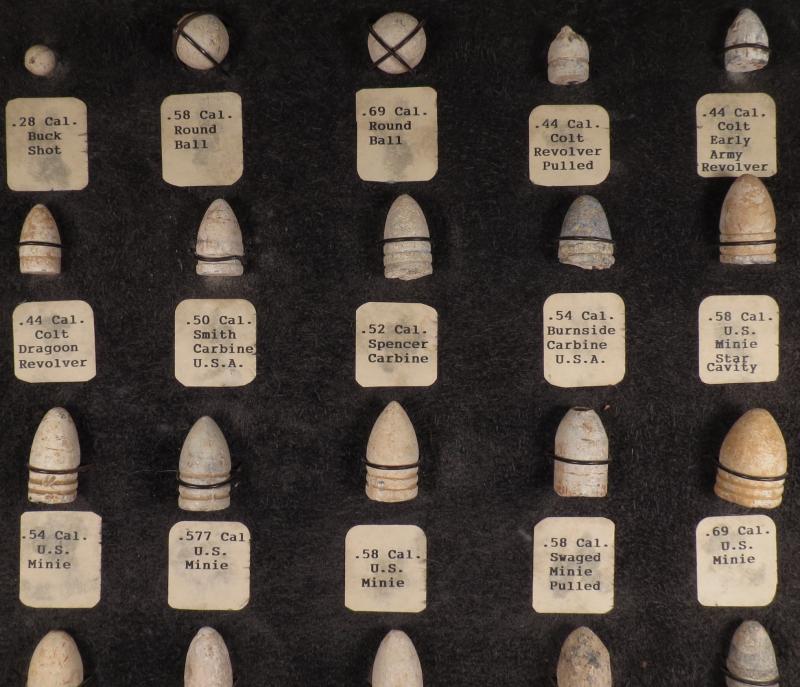
Civil War Bullet Identification Genesee Valley Treasure Seekers
Yes, comparing a bullet's size and shape to a reference chart can be a helpful method for identification. Should I consult a gunsmith for bullet identification? If you're unsure about a bullet's caliber, it's advisable to consult with a qualified gunsmith for accurate identification.

Bullet identification 3 The Archaeology and Metal Detecting Magazine
Calibers are generally expressed in terms of inches (in) or millimeters (mm). For example, a .22 caliber bullet is 22/100 of an inch in diameter, while a 9mm bullet is 9mm in diameter. Bullets are designed to fit into the barrel of a gun and to be fired safely. The size of the bullet must match the size of the barrel, or else the barrel may be.

Bullet identification 2 The Archaeology and Metal Detecting Magazine
A Guide to the Identification of Small Arms and Light Weapons Handbook 136 tries widely adopted the 9 × 19 mm and .45 ACP, while former Warsaw Pact nations largely standardized on the 9 × 18 mm cartridge. Some handguns and SMGs are chambered for other ammunition, such as the 5.7 × 28 mm FN round (ARES, 2016a).

Bullet Identification The Archaeology and Metal Detecting Magazine
9mm (115gr vs 124gr vs 147gr) It is the standard round for NATO countries and the majority of police forces around the world. It is mild shooting, can vary in weight from 115 to 147 grains, and has varying stopping power based on the type of bullet (hint, go with hollow points ). Ballistics Gel Testing.
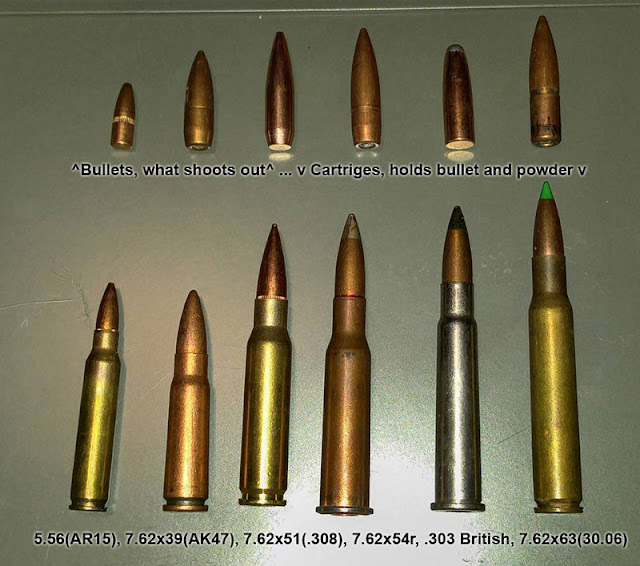
Vintage Outdoors Military Ammunition Identification Charts and Graphics
The location of finds can also influence the value. One example of a rare bullet would be a Whitworth sharpshooter bullet or a Gardiner Explosive bullet, but there are others of similar worth. Resources for Identifying Ammunition. Below are a few websites and books that are useful resources for determining the age of the bullets found metal.

Bullets, Charts and Pistols on Pinterest
Bullet Identification. B ullets collected for comparison to a specific firearm are examined first to see if they are of a caliber that could have been fired from the submitted firearm. They are then examined to determine if the pattern of rifling impressions found on the bullet match the pattern of rifling contained in the barrel of the.
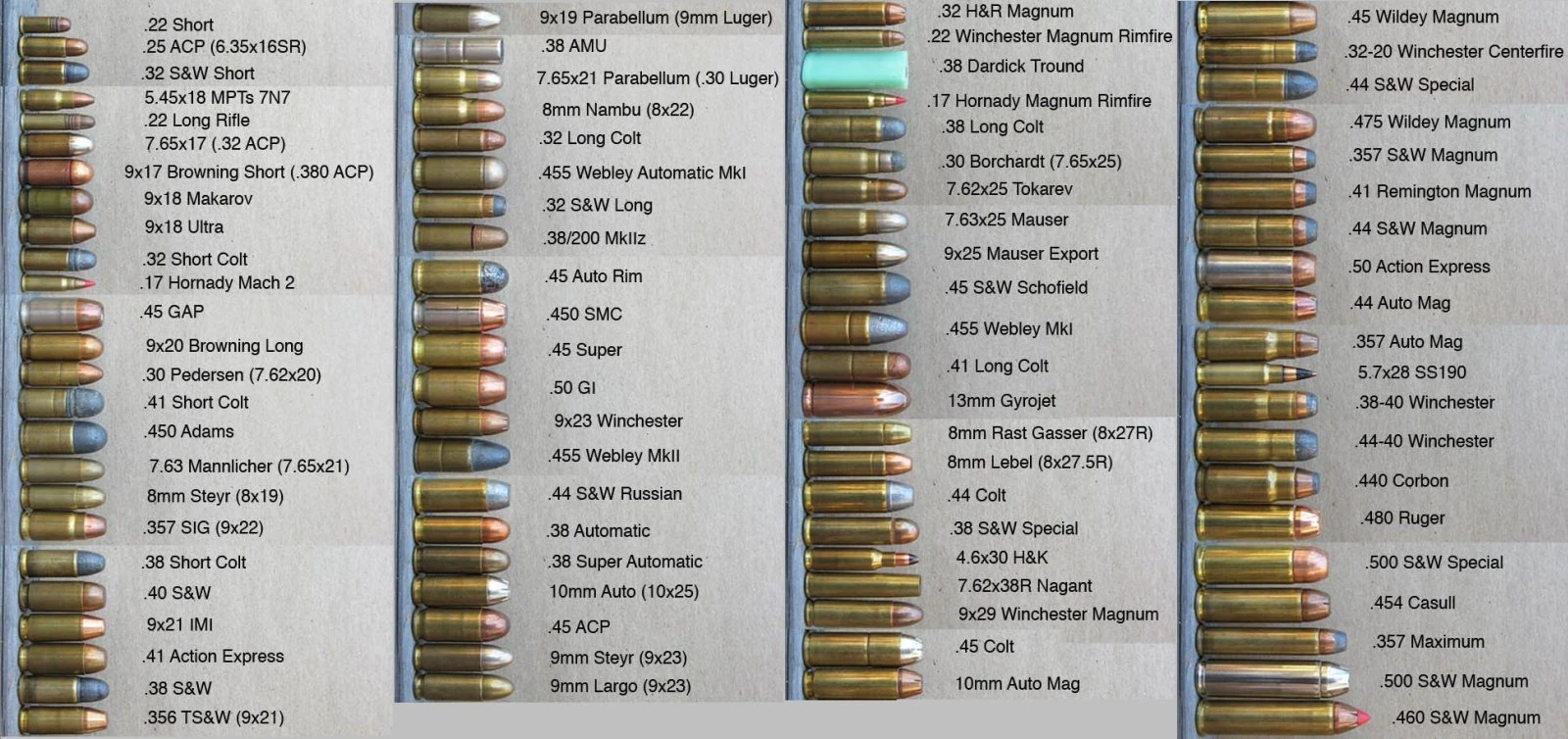
Image Bullet CaliberChart.jpg RWBY Wiki FANDOM powered by Wikia
2. Soft Point (SP) Soft point bullets are a jacketed bullet that expands upon impact. The soft metal core is enclosed by a metal jacket left open at the tip. It is a popular choice for hunting and self-defense purposes as it is created to expand wider than its bullet diameter to cause a larger wound.